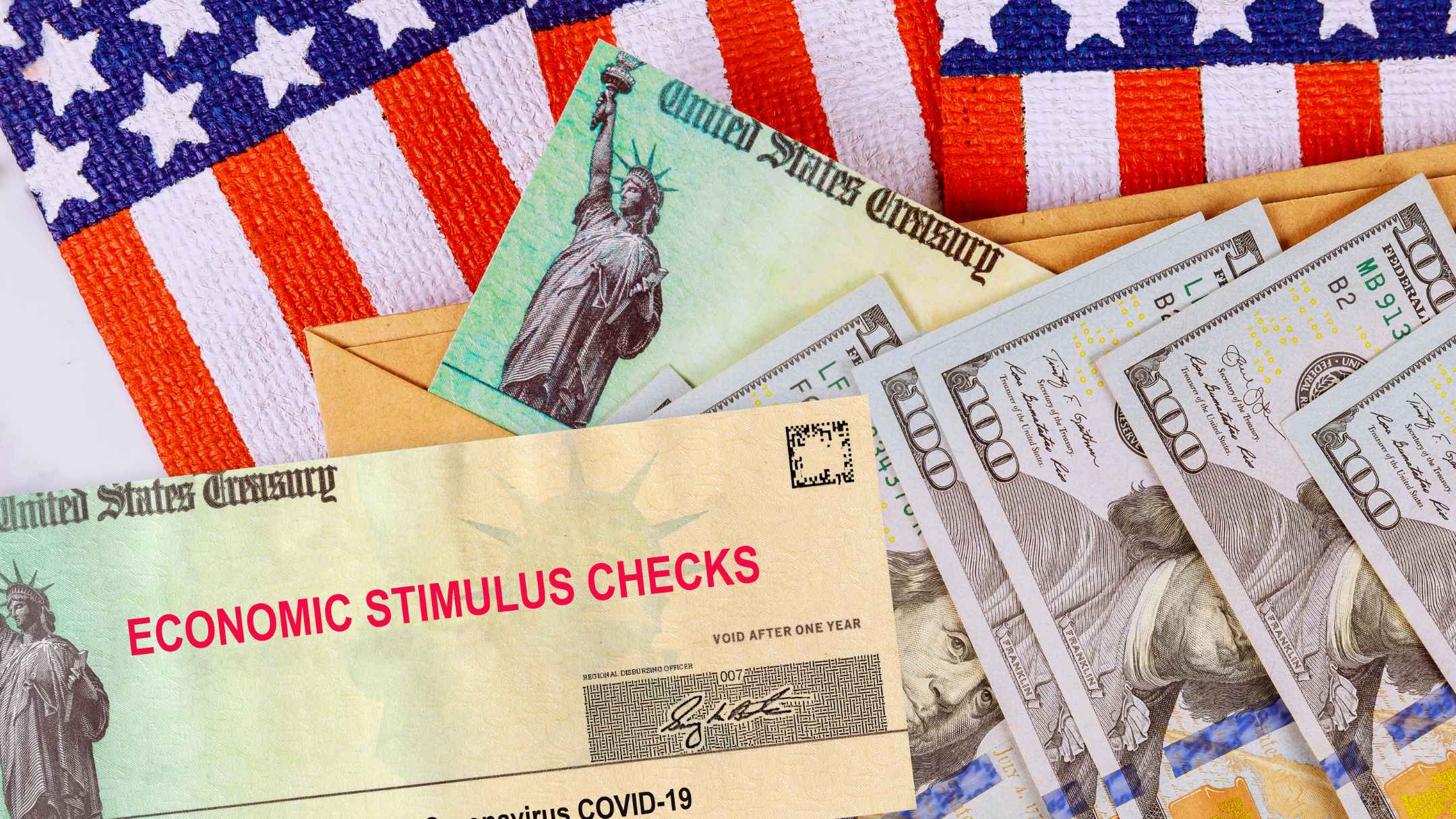While Washington presses pause on more stimulus checks, several state and local programs are quietly funneling cash to families who need it most.
Americans living paycheck to paycheck can still find meaningful help in 2025—even if the federal faucet is off. From monthly guaranteed‑income pilots to hefty tax rebates, here are the top options, plus the deadlines and dollar figures you should know.
Guaranteed income programs offer steady payments beyond one‑off stimulus checks
Monthly cash, no strings attached? That’s the promise behind dozens of guaranteed income programs cropping up from coast to coast. Magnolia Mother’s Trust in Jackson, Mississippi, sends $1,000 every month for a full year to selected low‑income Black mothers, along with college savings accounts and mental‑health services. Similar pilots in California, Illinois, and New York target foster youth, grocery workers, and seniors.
Wondering where to look? Start with your city hall’s website or local United Way; many pilots open brief application windows and pick recipients via lottery.
| Sample guaranteed income pilots | Location | Monthly payment | Duration |
|---|---|---|---|
| Magnolia Mother’s Trust | Jackson, MS | $1,000 | 12 months |
| Breathe L.A. | Los Angeles, CA | $1,000 | 24 months |
| Chicago Resilient Communities | Chicago, IL | $500 | 12 months |
The common thread is flexibility: recipients can cover rent, child‑care, or overdue bills without the paperwork headaches that often trail federal programs.
State tax rebates and refunds can bridge the gap left by federal aid
Colorado leads the charge with its TABOR sales‑tax refund—worth up to $565 for single filers and $1,130 for joint filers—automatically tacked onto 2024 state‑tax returns. Missed it? You can still claim through the state’s Property Tax/Rent/Heat Rebate form, but mark October 15 on your calendar.
Elsewhere, Minnesota is issuing one‑time surplus rebates, and South Carolina residents may request a fresh round of income‑tax credits. Check your department of revenue website, because amounts and filing deadlines vary by state.
Food and energy assistance programs provide essential support for low‑income households
Food prices aren’t easing anytime soon. Thankfully, SNAP benefits in 2025 top out at $292 a month for a single adult and $1,756 for an eight‑person household, according to the USDA. Pregnant women and young children can layer on WIC vouchers for baby formula and produce.
Need help keeping the lights on? LIHEAP delivers grants straight to your utility company, slashing winter heating or summer cooling bills. Many states accept LIHEAP applications year‑round, but funds run out fast—so apply early.
While another round of federal stimulus checks looks unlikely, stacking local cash pilots, state refunds, and core safety‑net benefits can plug budget holes just as effectively. Don’t leave money on the table—review the options above, gather your paperwork, and apply before windows close.

